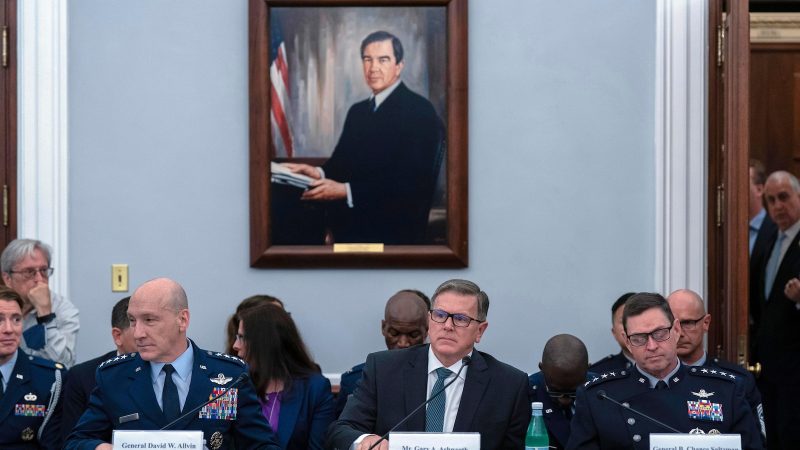
The U.S. Space Force, still a relatively young branch of the military, is facing significant pushback from several state governors over its plans to recruit talent from Air National Guard units. This move, intended to bolster the Space Force’s personnel numbers and expertise, has sparked a heated debate about the balance of power between the federal government and individual states.
The plan, which affects 578 service members across six states, aims to transfer personnel without creating a separate Space Force National Guard, a move deemed inefficient due to the relatively small size such a guard would entail. General Chance Saltzman, head of the Space Force, stated that the service is actively exploring the optimal utilization of its part-time workforce. The transferred personnel would maintain their part-time status, simply shifting their allegiance from their state units to the Space Force.
However, this seemingly straightforward transfer is far from uncontroversial. Space-related missions are highly lucrative, both within the military and the private sector. States losing these specialized personnel risk a significant loss of skilled part-time workers, especially if those individuals are forced to relocate to serve under the Space Force. The National Governors Association voiced strong opposition in April, arguing that the transfers infringe upon their authority over state National Guard units, urging an immediate halt to the transfers and open communication with governors.
The issue has also gained traction in Congress, with Senator Markwayne Mullin expressing concerns about the transfer of highly skilled National Guard members. While Congress mandated the transfers in the 2025 defense bill, the ongoing conflict between the states and the Space Force has prevented the service from directly contacting potential transferees. The legislation does offer affected personnel a choice: remain with their state units and receive retraining, or join the Space Force while maintaining their home state assignment for at least a decade.
The states impacted by this initiative include Alaska (33 personnel), California (126), Colorado (119), Florida (75), Hawaii (130), Ohio (69), and 26 from the Air National Guard headquarters. This ongoing dispute highlights a complex tension: the need for a robust and capable Space Force to meet national security challenges, versus the states’ desire to maintain control over their own National Guard units and retain highly skilled personnel within their borders. The resolution to this conflict remains uncertain, with the potential for protracted legal and political battles ahead.










